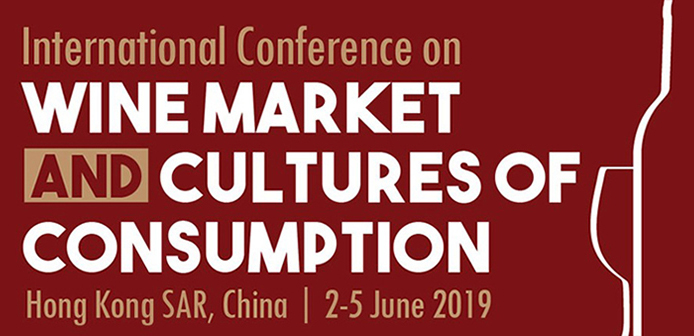Dr. Olivier Jacquet
 |
Biography: After having defended a thesis on viticultural syndicalism and the establishment of AOCs system in Burgundy from 1884 to 1939, Olivier Jacquet continues today his research on viticultural organizations and the construction of wine production and marketing standards in France. He has also published several papers on the international history of prescriptions and descriptions of wines during the great twentieth century. He is particularly interested in the evolution of standards and actors defining the quality of wines during this period Presentation Title: (English translation provided by author followed by original French abstract) Abstract: Before this period, during the 19th century – and a great number of wine amateurs, not until the 1960s – the taste for "terroir" linked to a specific wine had a very negative connotation. Even if the virtues of a soil and the importance of climatic conditions had already been spotted by a minority, for the majority, praising a wine for its "terroir" taste was something unheard of, verging to heresy : indeed, the "terroir taste" was then considered earthy, bitter, unrefined, rough, good enough for the peasants : in short, a bad wine. This slowly began to change with the years, and we shall see how within 50 years, an inversion of this connatation occured, and how, as per the 1970s and the 1980s, the "terroir taste" has become a pledge of quality for the wines put on the market. During this conference, we will show how this paradigm shift resulted from the unprecedented modification of wine production and marketing standards that took place in France during the 20th century. Indeed, with the 1919 and 1935 laws regulating the appellations of origin, this notion of origin of the wine gradually became an essential criterion for the expression of its quality. From then on, the names of the "Grands Crus" The name of a wine, even after World War 2, was still not perceived as a criterion of quality. It will be therefore to wait for the 1970s to see the consumption of these wines, marked by their origin, take off in earnest ; and to have the idea that the quality of a wine is necessarily linked to its origin finally accepted by the wine consumers of the greater public. This process of positive acculturation to the "terroir" will be implemented by a network of prescribers that emerged and imposed its views in the course of the twentieth century. These pioneers were winemakers, and last but not least sommeliers – a new profession that gradually imposed its legitimacy. This movement accelerated in the late last third of the 20th century (1980-2000) with the appearance of a brand new French Governmental Organisation : The « Institut National des Appellations d’Origine», or the I.N.A.O. for short : the « National Institute for Appelations of Origin ». As soon as 1945, the INAO had been working to enhance the quality of wines sold under the appellation of origin. This recognition of local wines then went through then goes through an important work of management and control. In this context, scientific analysis and above all wine tasting became essential components of the quality control of the AOC : in other words, the specificity of these wines and their bond with their soil of origin, the "terroir", became officially recognized, approved and officialized. Thus, during the 1970s, changes in wine tasting methods and the resulting new forms of wine prescription established new ways of understanding the quality of a wine. In addition, those changes provided "objective" technical and discursive tools (such as organoleptic tasting) which then enabled the implementation of a wine hierarchy and above all the identification of wines according to their origin. That was how the AOC system was anchored and maintained sustainably in the French vineyards and the wine market, and this is still the case today. Keywords : Appellation of origin, Terroir, Scientific Researchs, Prescription, Tasting, Typicity Titre : "Le gout du terroir… une histoire de prescriptions au XXe siècle" Résumé L’amateur de vin d’aujourd’hui donne une place très importante aux terroirs viticoles. Un rapport positif s’est en effet établi entre le lieu de production d’un vin et le goût de ce vin. Pourtant, cette acception positive du gout du terroir n’est pas un fait donné. Elle résulte d’un processus historique d’acculturation et qui a pris toute sa mesure dans le courant du XXe siècle. En effet, au XIXe siècle et même, pour bon nombre d’amateurs, jusque dans les années 1960, le goût de terroir associé à un vin possède une connotation très négative. Si, à ce moment-là, les vertus des sols et des conditions climatiques sont déjà repérées, parler d’un vin avec un goût de terroir, c’est avant tout parler d’un vin terreux, paysans, âpre, bref, un vin mauvais. Or, en une cinquantaine d’années, nous allons assister à une inversion du rapport au terroir et, à partir des années 1970-1980, le « goût du terroir » devient gage de qualité pour les vins mis sur les marchés. Mots-clés : Appellations d'origine, Terroir, Prescripteurs, Recherche scientifique, Dégustation, Typicité. |



